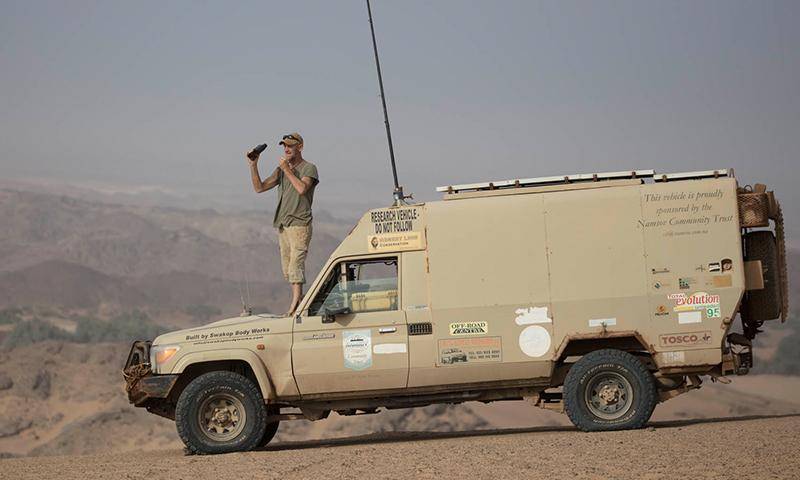
September/ October 2018
Share
Namibia and the lion man
Two years ago, I began writing a similar article on travelling with toddlers during a monthlong project in the Kgalakgadi Transfrontier Park in summer. Our children were not yet human, the temperatures hovered just below 50⁰C and one of them tried to pick up a Parabuthus scorpion with his bare hands, causing my wife Dana to go into a state of neurotoxic shock, which ended the trip. What started out as a 3 000-word article idea ended up as a three-word summary – ‘Don’t. Do. It.’
FEATURED VIDEO
Conversations with Philip
Philip Stander has devoted 2 decades of his life to study the remarkable dessert adapted lions in the Namib Desert. Since beginning his research, he has witnessed these magnificent creatures return from the brink of extinction. Philip has gathered intimate knowledge of these desert lions, observing behaviour never witnessed before and has shared these experiences and observations in his book – Vanishing Kings, Lions of the Namib Desert. We chatted to Philip recently to find out more about this amazing man and his passion.
Predation in the Namib
Large carnivores, like the lion, have an impact on their environment because they prey on other animals. It is important to understand the prey selection and predation patterns of lions, especially in the Northern Namib, where the killing of livestock by lions and the ensuing human-lion conflict is prominent.
FEATURED LION
The Ultimate Explorer: The Terrace MaleXpl-68
Swimming to Angola
The Terrace MaleXpl-68 reached the Kunene River at 04h48 on 1 August 2013 and, without any hesitation, he swam across to Angola. One would have thought that the lion would first explore the southern bank of the river before attempting to cross the treacherous waters. Instead, he simply swam across...
FEATURED ANIMAL
Lion
(Panthera leo)
Lions have no specific habitat preference and can be encountered anywhere, except in forests. In the early morning they often rest on the road or are found on a kill. In a lion pride, all the females are related and the cubs and subadults fathered by the male coalition in control of the pride. When a new male coalition takes over a pride, they usually kill all the cubs of the previous males, so that the females can come on heat sooner to bear the new coalition’s own offspring.
PHOTO TIP
Capturing Rain
Lens: Super Telephoto.
Settings: Large aperture. High ISO.
How: To capture rain and freeze the raindrops, you need a fast shutter-speed. The slower your shutter-speed is during rain, the more stretched out the rain droplets will look. Make sure that you use a large aperture and try to position the lions between yourself and the setting sun to capture the golden halo around their bodies.
ART IMAGE
Obab lioness (Xpl-97) in pursuit of a gemsbok
“He no longer dreamed of storms, nor of women, nor of great occurrences, nor of great fish, nor fights, nor contests of strength, nor of his wife. He only dreamed of places now and of lions on the beach.”
- Ernest Hemingway in The Old Man and the Sea
This is one of Philip's favourite photographs in his book Vanishing Kings – Lions of the Namib Desert.
